 Tonight I had the humbling privilege to narrate a piece of music at our high school's fall concert.
Tonight I had the humbling privilege to narrate a piece of music at our high school's fall concert.
The piece was 'A Jefferson Portrait'* - by Elliot Del Borgo. We practiced for at least a month or more. It was challenging to try to count and listen to the band and watch for the director's cues. It was a fun challenge to read dramatically for fluency and expression, and yet be careful not to be over dramatic so as to respect the dignity of the words.It was a moving experience for me because I love Jefferson's words so much and they are so important and valuable to us, even more so facing such an important election. Several teachers and parents who were there complimented me and of course that felt good. One parent even said that I should consider working in radio- so I had to try not to let myself get a big head.
But the most meaningful part was when a disabled Vietnam veteran thanked me because he felt like we had a government that had become "destructive of these ends," and needed to be altered or abolished. I knew that he blamed our government for the Agent Orange which had destroyed his life and pursuit of happiness. You can blame both Democrats and Republicans for that war (Johnson first, then Nixon). He went on to say that he feared another revolution was on it's way if things didn't change dramatically in the next few months. I didn't ask if he supported McCain or Obama ("leave a tender moment alone" Billy Joel always used to say). I thanked him for his service to our country and agreed with him that Jefferson's writing meant as much or more to us today as 230 years ago.
Just as pastors have to give credit to God for words form the Bible, I know that it was these words and these ideas that have the power, not my reading or our bands performance (although they did a supurbe job). I know it's October, not July but I hope that people will remember and meditate on the meaning of Jefferson's words before they vote on Tuesday- whether they are liberal, conservative, moderate, or undecided.
*In case you follow the link and listen to 'A Jefferson Portrait,' you should know that this is not a recoding of our performance tonight- just a sample from some music company that I found on the web to halp me practice.
"When in the Course of human events, it becomes necessary for one people to dissolve the political bands which have connected them with another, and to assume among the powers of the earth, the separate and equal station to which the Laws of Nature and of Nature's God entitle them, a decent respect to the opinions of mankind requires that they should declare the causes which impel them to the separation.
We hold these truths to be self-evident, that all men are created equal, that they are endowed by their Creator with certain unalienable Rights, that among these are Life, Liberty and the pursuit of Happiness.--That to secure these rights, Governments are instituted among Men, deriving their just powers from the consent of the governed, --That whenever any Form of Government becomes destructive of these ends, it is the Right of the People to alter or to abolish it, and to institute new Government, laying its foundation on such principles and organizing its powers in such form, as to them shall seem most likely to effect their Safety and Happiness. Prudence, indeed, will dictate that Governments long established should not be changed for light and transient causes; and accordingly all experience hath shewn, that mankind are more disposed to suffer, while evils are sufferable, than to right themselves by abolishing the forms to which they are accustomed. But when a long train of abuses and usurpations, pursuing invariably the same Object evinces a design to reduce them under absolute Despotism, it is their right, it is their duty, to throw off such Government, and to provide new Guards for their future security.--Such has been the patient sufferance of these Colonies;...
We, therefore, the Representatives of the united States of America, in General Congress, Assembled, appealing to the Supreme Judge of the world for the rectitude of our intentions, do, in the Name, and by Authority of the good People of these Colonies, solemnly publish and declare, That these United Colonies are, and of Right ought to be Free and Independent States; that they are Absolved from all Allegiance to the British Crown, and that all political connection between them and the State of Great Britain, is and ought to be totally dissolved; and that as Free and Independent States, they have full Power to levy War, conclude Peace, contract Alliances, establish Commerce, and to do all other Acts and Things which Independent States may of right do. And for the support of this Declaration, with a firm reliance on the protection of divine Providence, we mutually pledge to each other our Lives, our Fortunes and our sacred Honor."





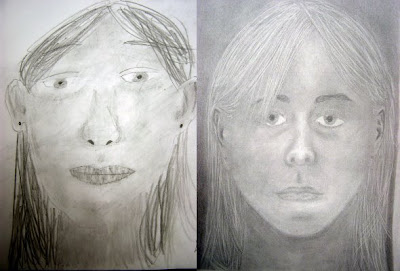
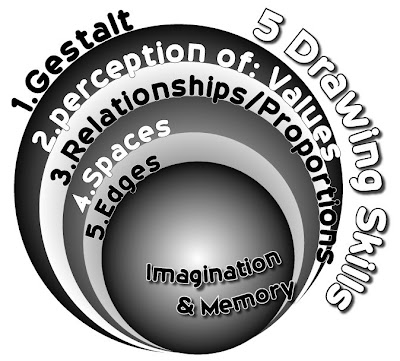
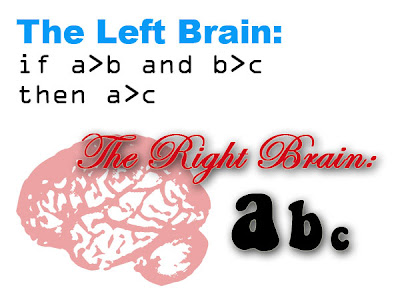
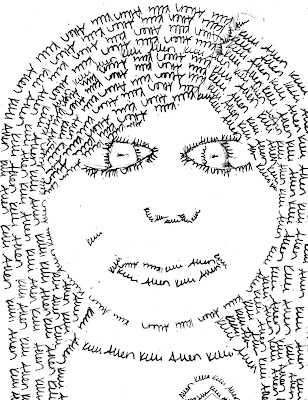

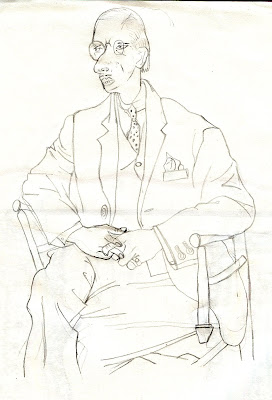
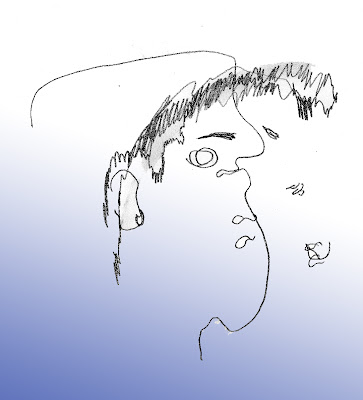
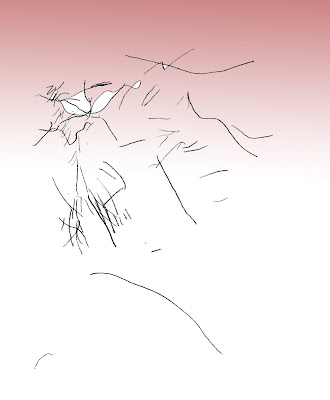


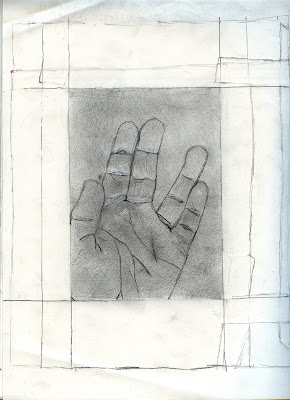
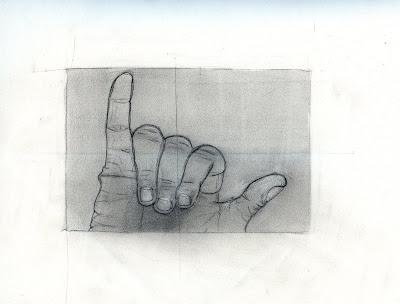
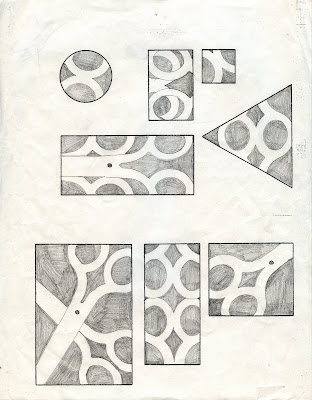
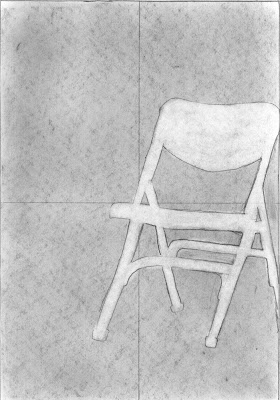
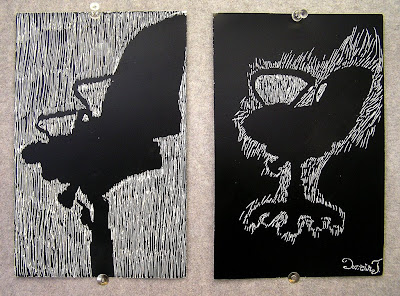
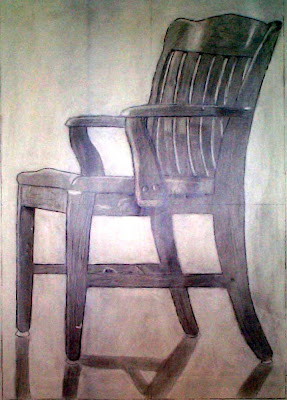
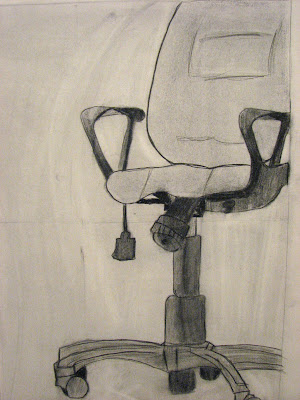
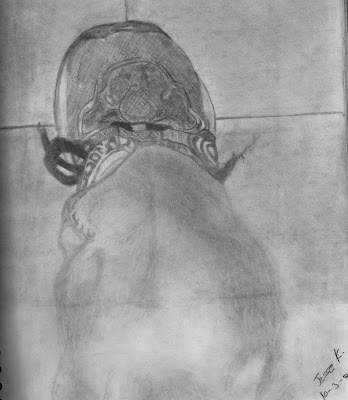
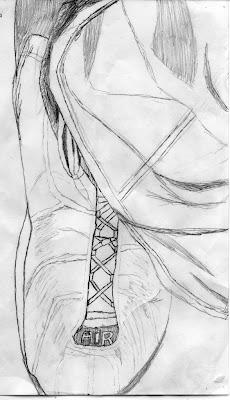
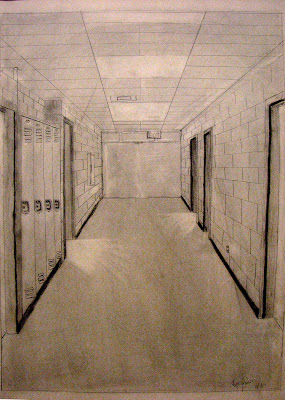
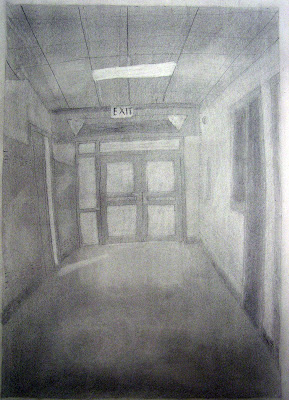
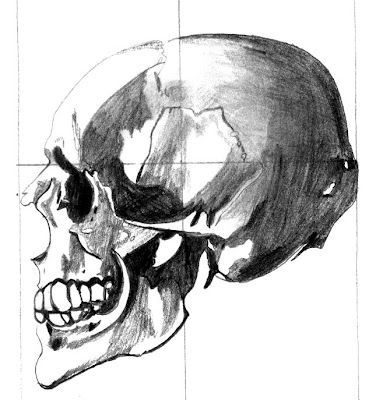


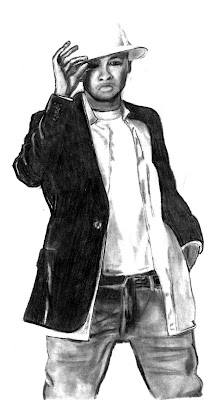
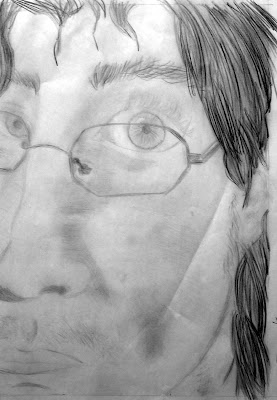
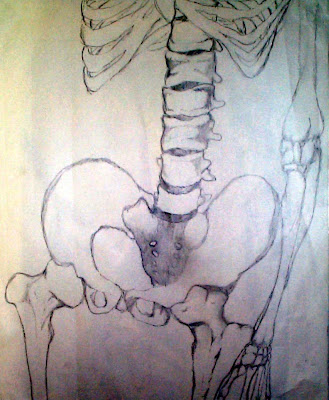






























 follow me on facebook
follow me on facebook
